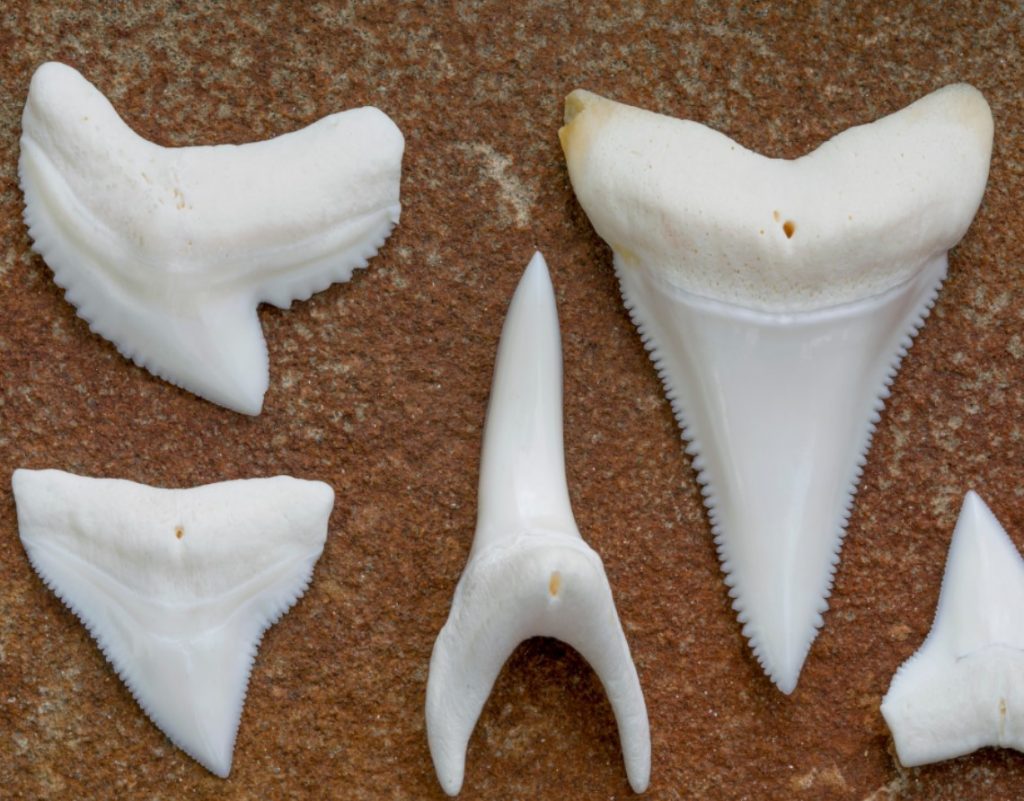How to tell the sex of a shark?
Males and females of some shark species exhibit different sizes, body shapes and skin characteristics but these traits are rarely pronounced enough to serve as useful criteria for distinguishing between the sexes. The best way to distinguish a male shark from a female shark is to look for the presence of external sexual organs.
Did you know that all living sharks practice internal fertilization and that male sharks have two penises? Yes, you read that correctly. Actually, sharks don’t have real penises, but they do have claspers, which essentially serve the same purpose: internal fertilization. This means that, during mating, the male inserts one of his claspers into the female’s cloaca, then releases the sperm which travels up through the female’s reproductive tract and fertilizes the egg.
During the mating process, the male often bites the female to anchor himself and apply enough force to introduce his clasper into her body. This reproductive strategy has caused females of some shark species to develop a thicker skin compared to males of the same species.
Claspers can be found attached to the pelvic fins on the underside of the shark, and the presence or absence of them is the easiest way to tell the difference between male and female sharks (and rays).

Photo Pete Oxford
Immature males have very small claspers, so it can be difficult to tell them apart from females unless you get a very close look. Mature males’ claspers extend past the end of the pelvic fins and are ‘calcified’, or rigid.
Fun fact: In Finding Nemo, “Mr. Ray” does not have any claspers. Disney can probably be forgiven for that animation choice, however.



